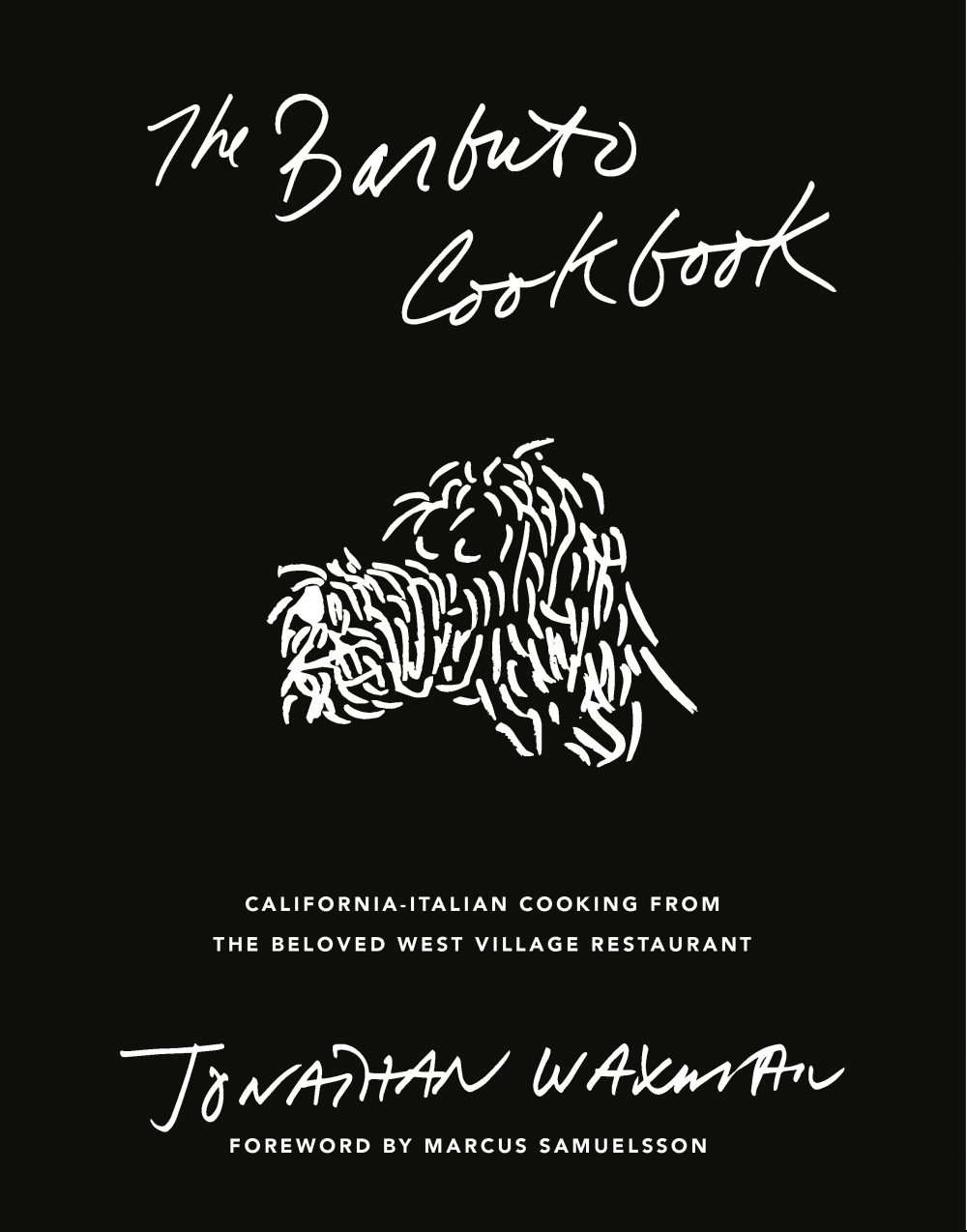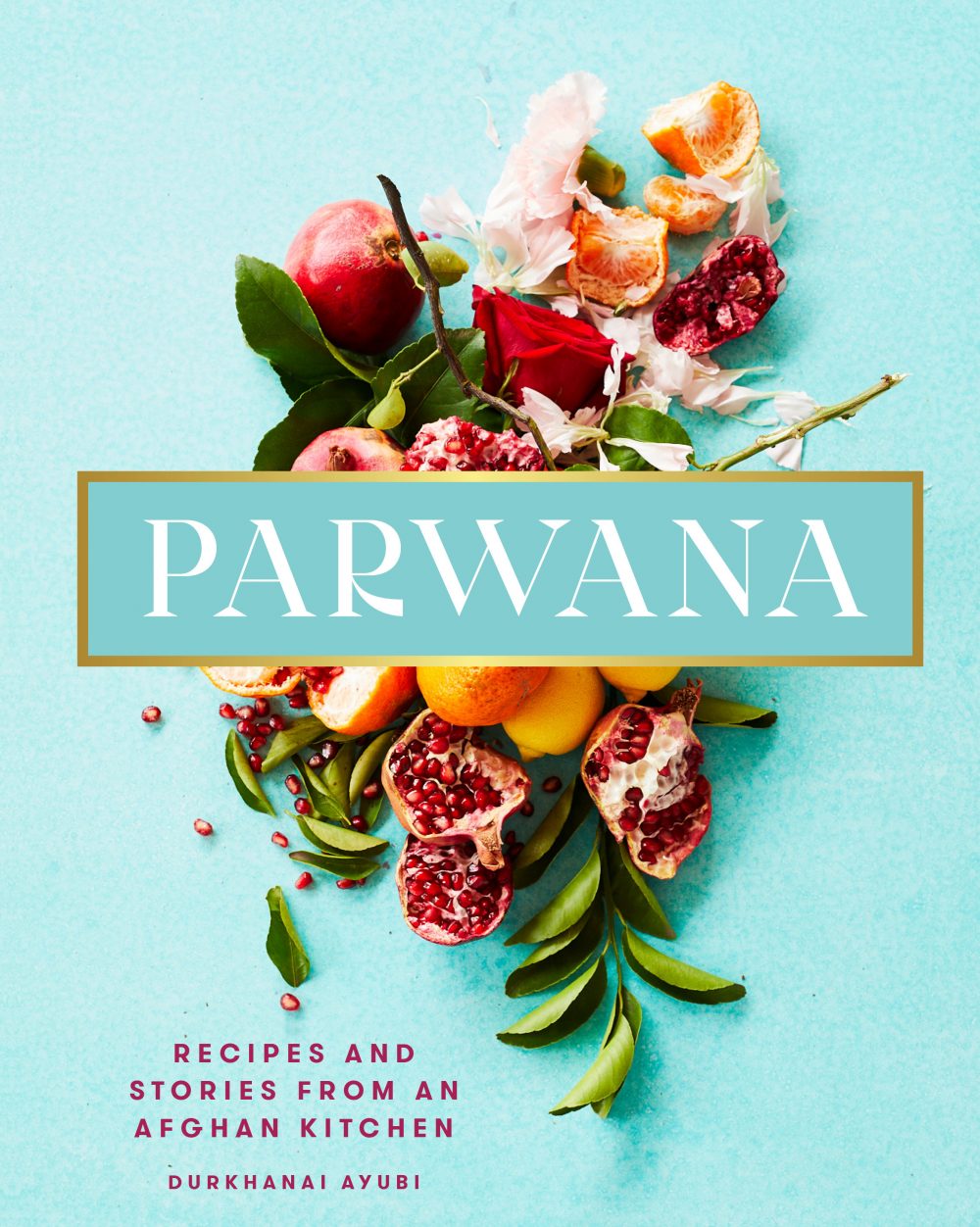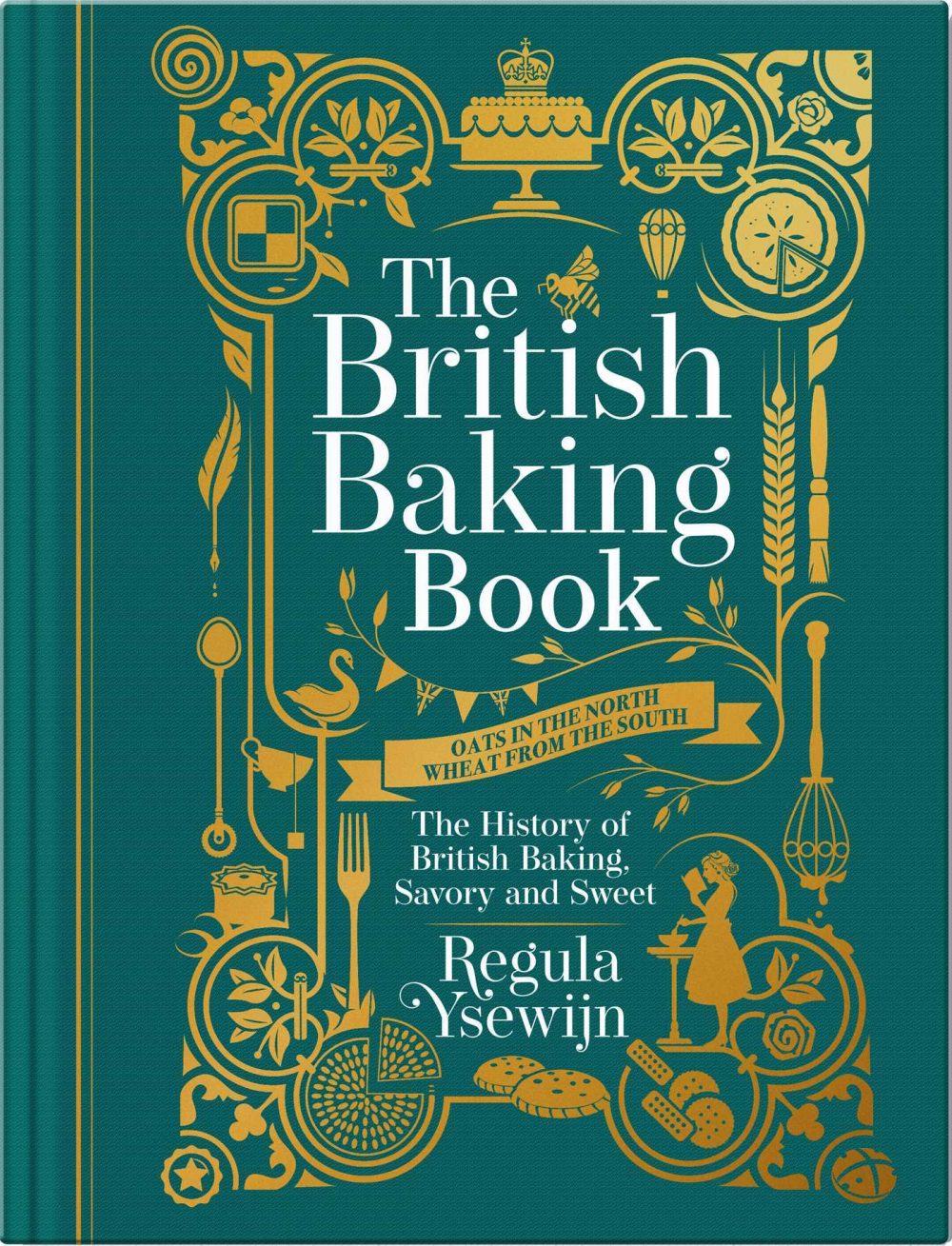
The Barbuto Cookbook
Some people grow into their skin, sloughing off the worst attributes of youth, reaching a venerable age with a shiny new coat of affability and wisdom. I can think of no one else in the food world who exemplifies the tao of aging like Jonathan Waxman: the bad boy of the New York restaurant scene in the 1980s, now its éminence grise. Stranded in Hawaii after a gig playing trombone with the band Lynx, he got his first restaurant job with the Rusty Harpoon. From there he trained at La Varenne, worked at Chez Panisse and Michael’s, then became co-owner and chef of Jams in 1984. By the 1990s he had mostly retired to focus on family, but came back with Barbuto in 2004—which hopes to reopen this year at its new location, just down the street from the original site. In the foreword, Marcus Samuelsson compares Barbuto’s Italian-inspired food to American rock-and-roll: “It’s light and bright, not fussy, but has really good technique.” Waxman’s book showcases these virtues: Halve a chicken and roast at 450°F, basting frequently. Get a good sear on gnocchi for the perfect texture. Temper chocolate by pouring hot water over it. And take ingredients most of us disregard— turnips, Jerusalem artichokes and chicken livers—and make them stars. When asked about the music at his last supper, Waxman wants Duke Ellington with Cat Anderson solos. As Ellington said, “It don’t mean a thing if it ain’t got that swing.” Barbuto and Waxman swing.
Durkhanai Ayubi tells the story of Afghanistan through her family and the food, both of which leap off the page. Located on the Silk Road, Afghanistan picked up culinary influences from not only the Mongol Empire, but also India, Persia, Turkey, the Middle East and China. For Ayubi’s family, the country was once a paradise, with “picnics at the foot of the Hindu Kush and in ancient gardens with crystal-clear brooks.” But after a communist coup in 1978, the family fled. Eventually, they emigrated to Australia, where they opened their restaurant, Parwana, in 2009. The food is marvelous and sensually provocative: cabbage-stuffed mantu dumplings in lamb kofta sauce, spicy chapli kebabs, banjaan borani (Parwana’s signature braised eggplant dish), samaroq (mushroom curry) and shir yakheh gulab, a traditional ice cream made with rosewater and pistachios. Ayubi sings a sweet/sour song of Afghanistan. In the words of Lebanese poet Kahlil Gibran: “When you are joyous, look deep into your heart and you shall find it is only that which has given you sorrow that is giving you joy.” Parwana, the cookbook, is pure joy.

Parwana

The British Baking Book
Stepping into the world of Regula Ysewijn is like falling down Alice’s rabbit hole—things are never what they seem. On page 57, dressed as if she just finished shooting a 1950s Cadillac advertisement, Ysewijn sports a petticoated candy-apple red dress with a braided hairdo to match, lots of flounce and high spirits—her standard working garb. The recipes in “The British Baking Book” tell the same story: a love of the past, when food and fashion were larger than life. A Belgium- born Anglophile from a young age, she taught herself English by reading Jane Austen—then taught herself to cook by watching Jamie Oliver on TV, eventually graduating from culinary school in 2016. If you think that British baking is nothing more than steamed puddings, please buy this book. Yes, she offers the usual suspects: hot cross buns, Bakewell tarts, fruitcakes (the kind that you would want to eat), gingerbreads and Swiss rolls. But try Tottenham cake with bright pink icing, a checkered Battenberg cake, Devonshire splits or Scottish oatcakes, one of her favorite recipes in this book. Though these are recipes from the past, they are not past their prime. History and Ysewijn are knocking at the door of your kitchen, and you would be wise to let them in.



